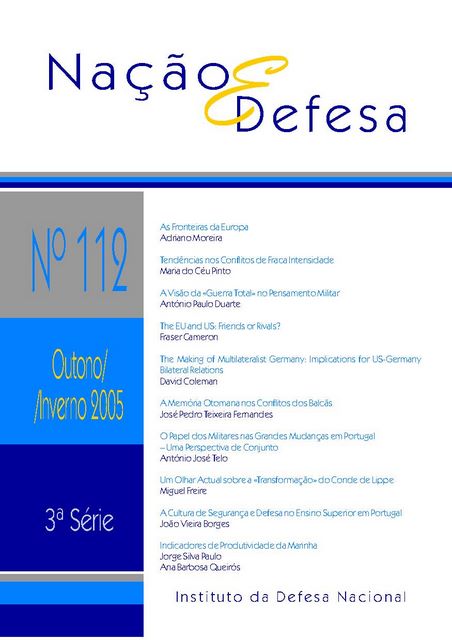The Making of Multilateralist Germany
Implications for US-German Bilateral Relations
Abstract
In November 1989, the world watched rapt as the Berlin Wall fell. The symbolism of the event was lost on no-one as East and West Germans breached the concrete incarnation of what Winston Churchill called years earlier, the “Iron Curtain”. The tearing down of the Berlin Wall and the subsequent process of reunification, accompanied by the breaking down of Cold War divisions spanning Europe, created tectonic shifts in global geopolitics. The process of German reunification, accompanied by palpable international spirit of cooperation and optimism verging on euphoria, provided an inspiring model of positive diplomacy and popular self-determination working together toward a common good – it was statecraft par excellence. Diplomats and statesmen in Washington, Moscow, London, and Paris struggled to keep up with the pace of events on the ground in central Europe and the whole reunification process was underpinned by a remarkable spirit of internationalism; (…) That spirit of transatlantic collaboration contrasts with the situation a decade and a half later. Since late 2002, much has been made of the widening gap of culture and politics between the United States and Europe. That gap is rooted firmly where foreign policy and cultural values converge. British historian Timothy Garton Ash has called it “a crisis of the West, the most profound since the end of the Cold War.”





